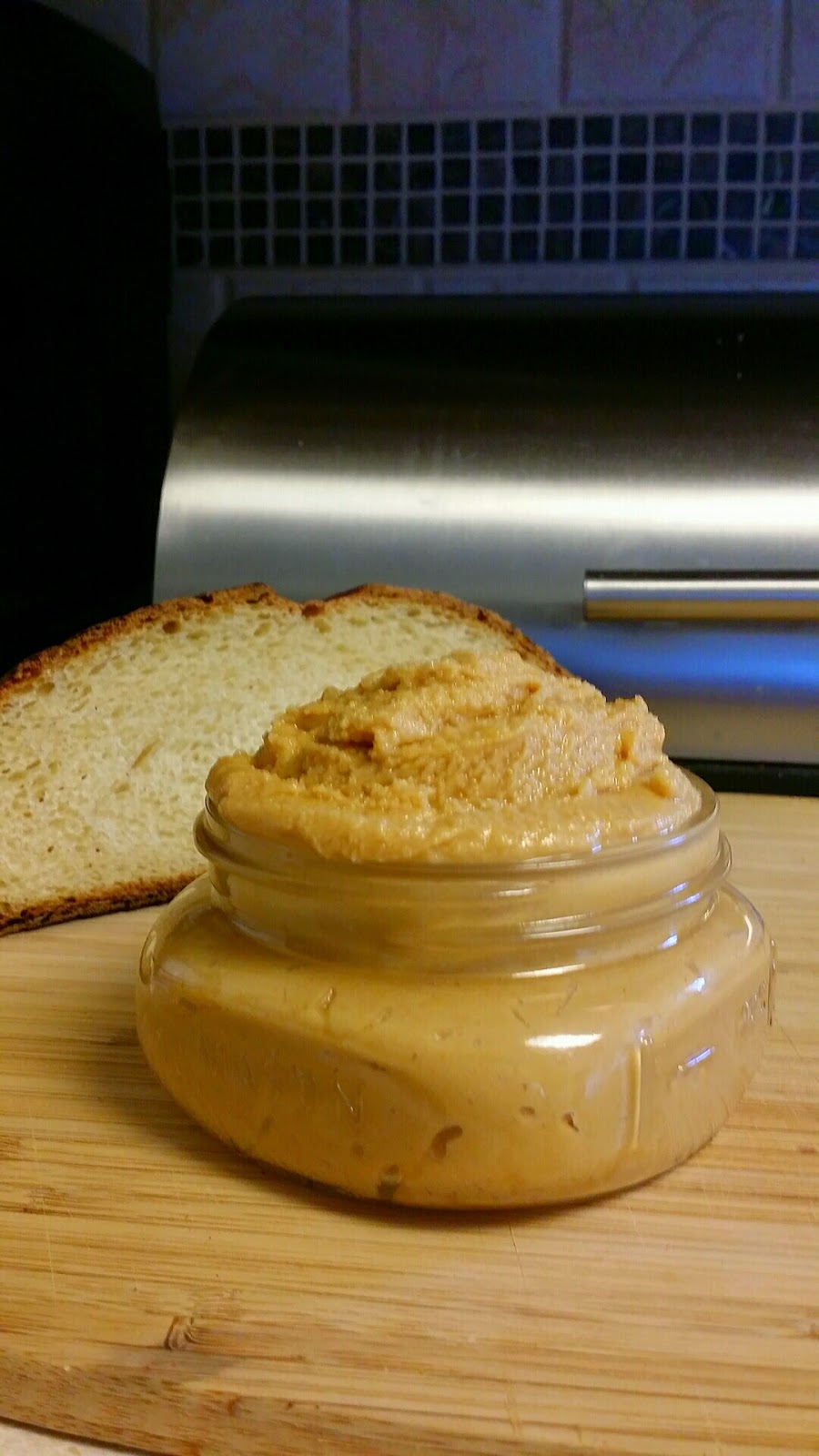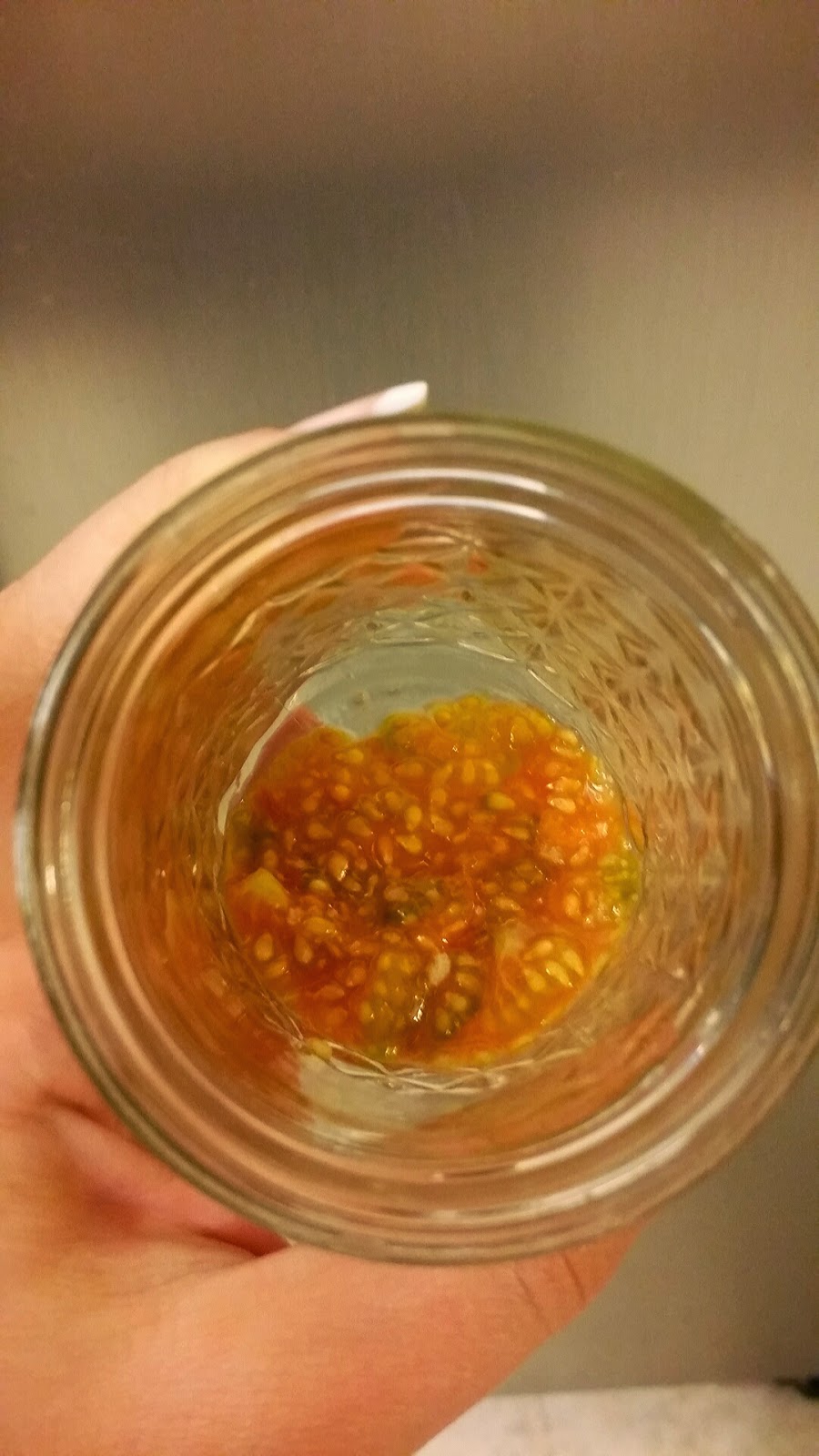Light and fluffy natural yeast sandwich bread
This is my go to sandwich bread recipe 2 times a week!
Ingredients:
2 3/4 C flour + 1 1/4 C flour
(more info on natural yeast can be found here )
1. Mix 2 3/4 C of the flour and the salt in the bowl of a standing mixer fitted with a dough hook. Mix the milk, butter, and honey in separate bowl. Pour mixture into the 1/2 cup of natural yeast and mix until all the ingredients are well incorporated. Turn the machine on low and add the liquid. When the dough comes together, increase the speed to medium and mix for 5 minutes. If the dough is still sticking to the sides of the bowl, add the remaining flour, one 1/8 cup at a time until the dough no longer sticks (you might not use all of the flour – it all depends on the humidity level in your home at the time). Continue to mix until the dough is smooth and satiny, about 5 more minutes.
Sweet peach candy fruit rolls – only one ingredient!
Ingredients:
Peaches … yep that’s it!!
The secret is to roast the peaches to release their natural sugars before dehydrating them. Here is how to do it:
- Preheat oven to 375.
- Slice peaches in half and remove pit. Place peach halves pit side up in a glass baking dish. Bake for 15min.
- Switch the oven to broil. Move the peaches under the broiler to roast for another 10 min (monitor peaches so they don’t burn – just looking for a light browning.)
- Carefully remove the roasted peaches from the oven and let rest for 10 min. (The pit cavity might fill with peach juices
- Puree the peaches in a food processor or blender until smooth.
- Spread the puree onto a dehydrator tray that has the fruit leather liner (smaller holes so the puree will not fall through). use an offset spatula or the back of a spoon to smooth out the puree into an even layer (about 1/4 inch in thickness).
- Set the dehydrator to 140°F and allow the fruit to dry for 8 to 10 hours.
- Peel the fruit leather off of the tray and slice long strips with a pizza cutter.
- Roll strips and place in an airtight container for storage.
Fire roasted tomatoes and easy tomato paste
Roasted Tomatoes
Roasting vegetables and fruit is a great way to bring out their naturally rich flavors. Roasting tomatoes before adding them to a sauce or hot dish will intensify the flavors and take that sauce to a new level. Here are three ways to roast tomatoes, and how to make a tomato paste from the roasted tomatoes.
- After the tomatoes have reached the desired char level turn down the heat to medium.
- Use a potato masher to smash each tomato.
- Add a pinch of salt and stir the tomatoes until the desired consistency is reached.
- Add 1/8 cup of cold water and stir for a few seconds – then remove the pan from the heat. Stir the paste to incorporate all the “flavor” on the bottom of the pan.
This paste can be used right away, canned or stored in the freezer (ice cube trays are a great way to freeze them).
*Note: I am a participant of the Amazon.com associates program. This is an affiliate advertising program designed to provide a means for sites to earn advertising fees by advertising and linking to amazon.com. I have personally purchased or researched all of the products linked and will not suggest a product otherwise. By purchasing through these links you support this Mini Slice of Farm blog without any extra cost to you and allow us to continue posting great content for you. Thank you for your support!!
Bone broth – liquid gold fountain of youth
I recently posted a picture on our Facebook page of a large pot of bone broth and received lots of questions. Here are a few answers.
Bone broth is a nutrient, mineral and collagen rich broth that has a long list of health and beauty benefits. To name a few – it aids in joint health, digestion, building the immune system and is great for hair, skin and nails. A cup a day in cooking or just to sip warm out of a mug is recommended.
 |
| Bone broth with rosemary and pink salt |
Here is how I make mine. (Note: you can use any kind of roasted bones for this broth. I’ve tried it with beef, lamb and turkey as well)
Ingredients:
- Roasted chicken (bones must be roasted for optimum benefits and taste)
- Apple cider vinegar
- Veggies (I use onions, carrots, celery, and garlic)
- Bay leaves
- Pepper corns
- Salt
- Chicken feet (cleaned, skinned and declawed, this is optional but they significantly increase the collagen)
Instructions:
- Roast a chicken for 75min at 350°F with salt/ pepper and whatever else we want to spice it with for dinner (last night I used it for onion chicken).
- Pull off all the meat for dinner and put the bones in a large pot. Cover with cold water and 2 Tbls of apple cider vinegar and let it sit for 20 min.
- While waiting prepare the veggies (I use onions, carrots, celery, and garlic).
- Add veggies and throw in some bay leaves, pepper corns and salt.
- If you also have the cleaned chicken feet throw them in there too (I know it sounds weird but the collagen boost is worth it!!).
- Fill the pot with cool water and simmer on low for 12-24 hrs. *Update* I now only use the crackpot for this recipe as it produces a richer more flavorful broth. I start it on high for 6 hours and then let it run overnight on low for at least another 10hrs.
 |
| Large pot of bone broth that has been simmering for 16hrs |
After the broth is done cooking let cool and strain. You can freeze, can and refrigerate this broth. Consume one cup a day in cooking or just sip warm out of a mug. Flavor with herbs, spices and salt/pepper when sipping it or using it in cooking.
Cheers to yummy health!
Farmer J’s guacamole perfection
It’s not taco nights on the farm without Farmer J’s yummy guacamole dip. When he makes this for guests I always hear the same thing “no thanks, I’m not a guacamole fan”. When they are convinced to take just one bite the entire bowl is suddenly empty lol
You will need:
2 ripe avocados
1 cup diced tomatoes (medium size)
1/2 cup chopped cilantro
1/2 cup finely diced red onion
Juice of 1 lime
Salt to taste
Potato masher
Using a knife slice all the way around the long edge of the avocados and twist the to halves appart. Remove the pit and scoop out the avocado meat into a large bowl. Add cilantro, lime and salt then mash into a creamy consistency. Add tomatoes and onion and stir. Taste for salt and season as needed.
Note: If you like a little heat stir in a diced jalapeño.
So yummy!
Super easy homemade nut butter
**To Pin this recipe for later use the “Pin it” button at the end of the instruction section**
Here is what you will need.
• Food processor or blender
• 2 cups unsalted roasted peanuts (or any other nut – almonds, cashews, and hazelnuts all work well)
• 2 Tbls raw honey
• Pinch of salt (optional – can add more or omit to taste)
Put roasted nuts in the food processor and pulse until nuts are in small chuncks. Add honey and salt then puree until smooth.
Yeah – I couldn’t believe it was that easy either!! Enjoy 🙂
 |
| ^^Click here to pin the recipe for later^^ |
How to ferment and save seeds
Seed fermenting 101
Last year I fermented some seeds as an experiment. This year we planted those seeds and we’re BLOWN AWAY! The seeds had a 100% germination rate – yes, every single one sprouted and produced a very healthy strong and beautiful plant! Here is why, what and how to ferment.
*other great resources are at the bottom of this article*
Why ferment?
Fermenting wet seeds will remove the gel coating from the seed that prevent it from germinating. It is also helps you weed out the non viable seeds. Saving your own seeds will also strengthen the seeds year over year and get the seeds better acclimated to your environment.
What to ferment?
Wet seeds (such as tomato or squash) are the only candidates for fermentation. Seeds that do not originate in a wet environment will naturally dry out for use in the following year.
Choose the best fruit from the strongest plant. That will give you similar plants the following year.
How to ferment?
1) Select fruit from a healthy strong plant. The fruit/veggie you select should be the best one on your plant – no imperfections if possible.
2) Scoop or squeeze out the pulp and seeds.
3) Place pulp and seeds in a jar. Add filtered water, the ratio is one part pulp and seeds to three parts water.
4) Place in a warm place with a loose lid. The lid is only there to keep bugs out and the smell in.
5) After a 5-7 days the viable seeds will sink and the bad seeds and most of the pulp will float. Pour off the bad seeds and pulp that rose to the top (and any white film that may have formed).
6) Rinse the remaining viable seeds .
7) Place seeds on a flour sack cloth or paper towel to dry compleatly. (1-2 days)
8) Store seeds in dark paper envelope labeled with the seed name/type and year. Store in a cool dry place for next season.
Other great resources:
Seed to seed (book)
I will add more to this list as I find them!
*Note: I am a participant of the Amazon.com associates program. This is an affiliate advertising program designed to provide a means for sites to earn advertising fees by advertising and linking to amazon.com. I have personally purchased or researched all of the products linked and will not suggest a product otherwise. By purchasing through these links you support this Mini Slice of Farm blog without any extra cost to you and allow us to continue posting great content for you. Thank you for your support!!
Veggie lo mein with homemade noodles
Our Chinese NON-take out veggie lo mein was kicked up a notch with homemade noodles.
Here is the recipe:
Noodles:
1 Cup semolina flour
1 Cup all purpose flour
2 large eggs
1/2 teaspoon salt
Water (if needed to get the proper consistency)
Lo mein:
1 lb snow peas
2 cups of shredded cabbage
2 tablespoons freshly grated grated
4-5 cloves garlic chopped
3 tablespoons vegetable oil
2 tablespoons soy sauce
Bean sprouts (optional)
Sesame oil (optional)
To make the noodles mix the two cups of flour with the salt. Add the eggs and knead into a dough. If the dough is too dry add a little bit of water knead it in.
If you have a pasta roller run the noodles through the press on the highest setting 10 times, (folding over the noodle and running it through again). Then decrease the setting by one notch and run the dough through again. Repeat until you reach the desired thickness. Then run the dough through the spaghetti cutter.
If you don’t have a pasta roller you can roll the noodles out using a rolling pin. When you get the dough to the desired thickness flour the dough and roll it. You can then cut the roll into thin disks and unroll it. It will unroll into noodles.
Boil noodles until al dente. (This will only take a few minutes so don’t walk away!)
For the lo mein:
Place a pan or wok on high heat. In the hot pan or wok, add vegetable oil. It will smoke lightly. Add the peas, and toss for 1 minute. Add the garlic and ginger then toss for 1 minute. Add the rest of the vegetables, noodles, and soy sauce. Toss for 2 minutes. Quickly remove the mixture from the pan and place it in a serving dish. Drizzle sesame oil over the hot lo mein for garnish.
This entire process took less than 20 minutes!! Hope you love it as much as we did.
Homemade egg drop soup
We had Chinese NON-take out night the other night. Here is a simple recipe we used for egg drop soup.
2 Cups chicken broth
1 tablespoon soy sauce
salt/pepper to taste
2 large eggs
chives for garnish
In a saucepan bring the chicken broth to a light simmer. Add soy sauce and salt/pepper to taste. In a separate cup whisk the eggs. Stir the soup into slow vortex and slowly drizzle in the eggs.
Let the soup simmer for another few minutes and it is ready to serve. Add chopped fresh chives to garnish.













